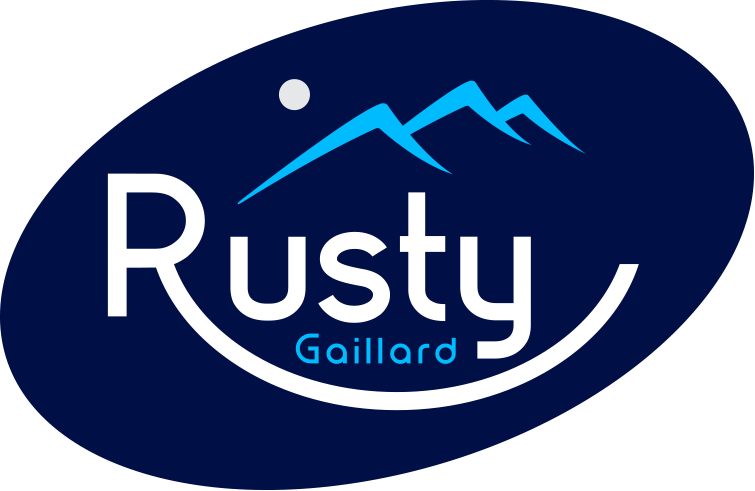What Severance Teaches You About Good Leadership
If you watched Severance and you work in the corporate world, you may have been squirming in your chair. The scenarios in the show are outrageous yet eerily familiar.
Separation between your "work self" and "real self”, ridiculous rewards, horrific management…Severance takes it to an extreme, but the themes are relatable.
The Corporate "Outtie" Problem
If your leaders avoid messy situations, emotions, or difficult conversations, they’re acting like an “outtie” — running away from emotional challenges rather than facing them head-on. Mark (the main character in Severance) chooses severance as an escape after losing his wife.
This pattern plays out daily in corporate environments. Leaders avoid difficult conversations, sidestep team conflicts, and outsource emotional labor to HR departments. They approach leadership as if it were solely about productivity and metrics – "just business" – while actively fleeing from the messy human elements that true leadership requires.
The appeal is obvious. Addressing spreadsheets and strategic plans feels far safer than navigating interpersonal tensions or acknowledging your own emotional responses to workplace challenges. This avoidance might provide temporary comfort, but it creates a leadership style that feels hollow, disconnected, and ultimately ineffective.
Many accomplished professionals unconsciously use work as an emotional bunker – throwing themselves into tasks and responsibilities not just to succeed but to escape addressing painful realities in other areas of their lives. Like Mark, they're effectively saying, "I don't want to deal with discomfort. I want part of myself to be free from the emotional work."
When Culture Becomes a Weapon
Perhaps the most troubling parallel between the fictional Lumon Industries and real corporate environments is how culture can be weaponized to enforce conformity.
Look around your organization and you'll likely find subtle (or not-so-subtle) messages about "how we do things here," "what executive presence looks like," or what it means to be "a team player." These seemingly innocuous cultural norms often serve as mechanisms of control rather than authentic expressions of values.
The rewards and recognition systems can feel just as surreal as Lumon's "waffle parties" and "melon bars" – superficial substitutes for what people truly seek: authentic appreciation and meaningful connection. When leaders pour their entire being into work only to receive a gift card or performative recognition in return, the disconnect becomes painfully apparent.
Finding Identity in the Wrong Places
For many professionals, work has gradually replaced other sources of meaning and belonging. Companies are happy to fill this void, offering not just employment but identity. Lumon takes this to an extreme, but it’s present in nearly every large corporation.
Ask yourself: How much of your identity is wrapped up in your job title, your company's reputation, or your professional accomplishments? When work becomes like religion – complete with its own rituals, hierarchies, and belief systems – you've surrendered an essential part of your autonomy.
The Path to Integrated Leadership
The alternative to severed leadership isn't abandoning professionalism – it's embracing integration. When you bring your full humanity to your leadership role, something remarkable happens: you become more effective, not less.
Here are key practices to move toward more integrated, authentic leadership:
1. Embrace the "Innie" Qualities
The characters in Severance who are most compelling are the "innies" – they're fully present, emotionally alive, and willing to challenge systems that don't make sense. They display a raw engagement that's magnetic.
What would it look like for you to bring more of these qualities to work? Instead of maintaining a polished veneer, could you allow yourself to be more present, more questioning, more human? This doesn't mean unprofessional emotional outbursts, but rather honest engagement with the full spectrum of workplace experiences.
2. Release False Cultural Constraints
Take an inventory of the unwritten "rules" you've internalized about leadership behavior. Challenge assumptions about what makes an effective leader in your organization. Often, these constraints exist more in our minds than in reality.
The most respected leaders are rarely those who conform most perfectly to cultural expectations, but rather those who bring authenticity to their interactions.
3. Practice Real Recognition
Move beyond superficial recognition programs to what truly matters: seeing people for who they are and valuing their contributions authentically. The most meaningful recognition doesn't require budget or elaborate programs – just genuine human connection and specific acknowledgment.
4. Redefine Your Relationship with Work
While work will always be a significant part of your life, it shouldn't be the primary source of your identity and meaning. Cultivate sources of fulfillment outside of your professional role, and bring that more grounded perspective back to your leadership.
5. Integrate Rather Than Separate
The most effective leaders don't have distinct work and home personalities. They bring a consistent, authentic presence to all contexts, adjusting for appropriateness but never abandoning their core values and humanity.
Try Reintegration
When you stop trying to maintain separate identities and instead bring your whole self to your leadership role, you create space for others to do the same. Teams led by integrated leaders typically show higher engagement, more innovation, and greater resilience during challenges.
The path to this integrated leadership isn't always comfortable. It requires courage to challenge norms, vulnerability to acknowledge your humanity, and wisdom to navigate appropriate boundaries. Yet the alternative – continuing to operate as a severed leader – ultimately leads to burnout, diminished effectiveness, and disconnection.
The most powerful step you can take today is simple but transformative: bring more of your authentic, fully-present self to work tomorrow. Not as a revolutionary act, but as a leader who understands that true executive presence isn't about projecting perfection – it's about showing up as a whole, integrated human being committed to creating environments where others can thrive.
Listen to this full audio episode on Do Something Different.




